RGB and CMYK
are two different color models used in digital and print media, respectively. RGB stands for Red, Green, and Blue, and is an additive color model, while CMYK stands for Cyan, Magenta, Yellow, and Key (black), and is a subtractive color model.
In RGB, colors are created by adding different amounts of red, green, and blue light together. When all three colors are combined at full strength, white light is produced. This color model is used primarily for digital displays such as computer monitors, televisions, and mobile devices.
On the other hand, in CMYK, colors are created by subtracting different amounts of cyan, magenta, and yellow inks from a white background. Black ink is also added to improve contrast and depth. This color model is used primarily for printing purposes such as newspapers, magazines, brochures, and other printed materials.
It's important to note that the colors produced in RGB and CMYK can look different from each other and that RGB colors are typically brighter and more vibrant, while CMYK colors are typically more subdued. When creating designs, it's important to choose the appropriate color model for the intended medium to ensure accurate color reproduction.
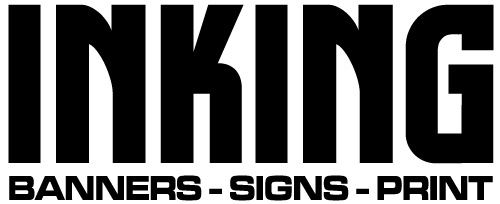

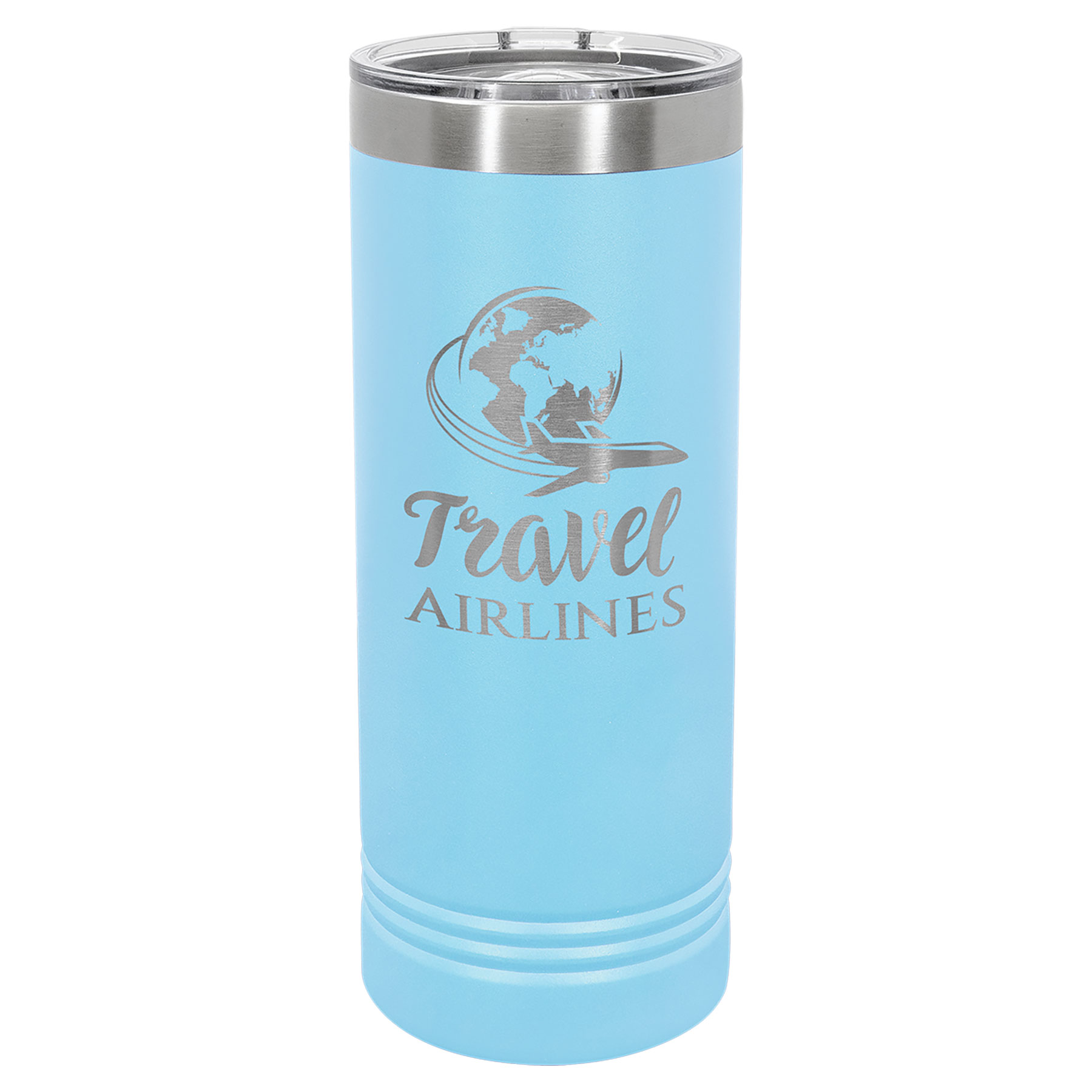
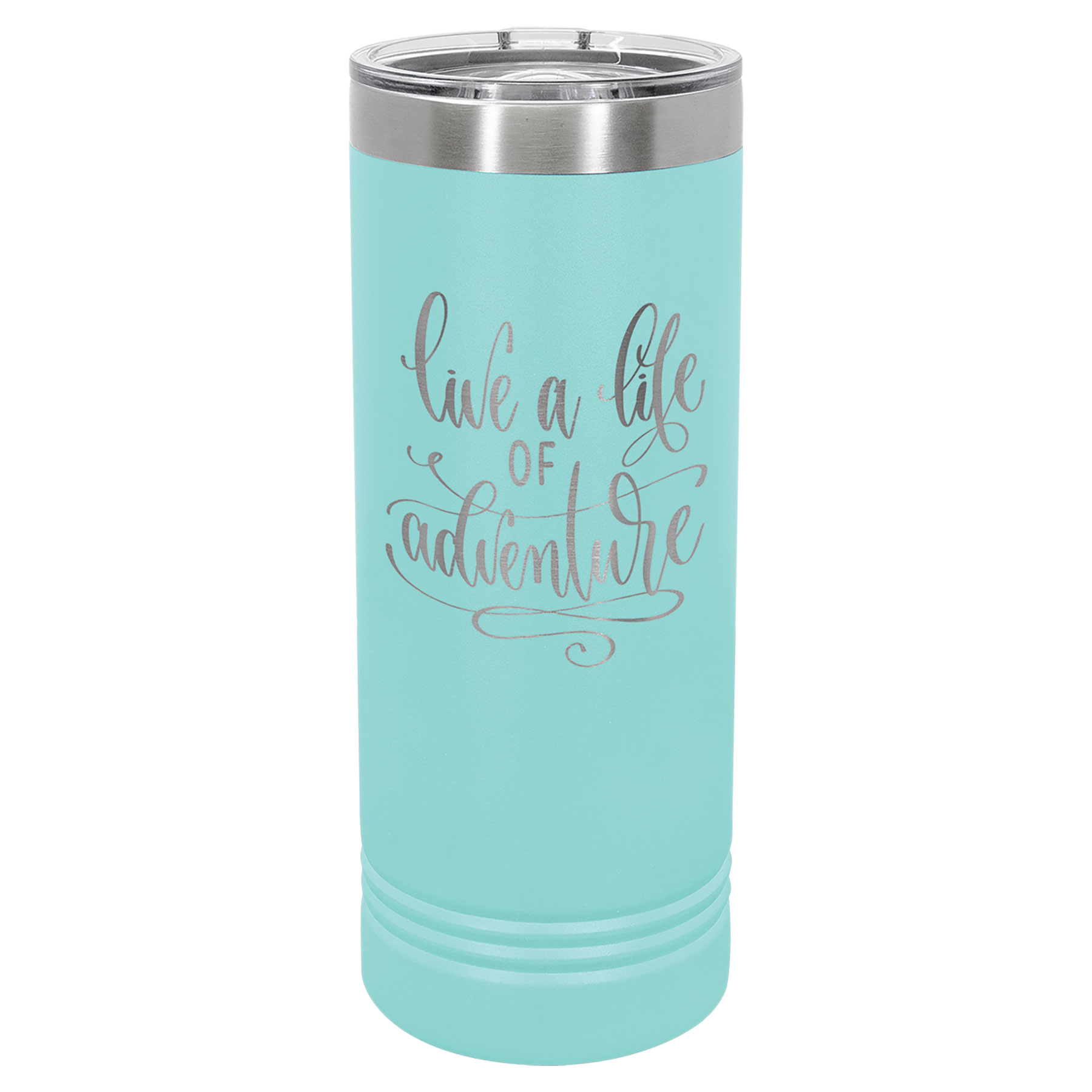
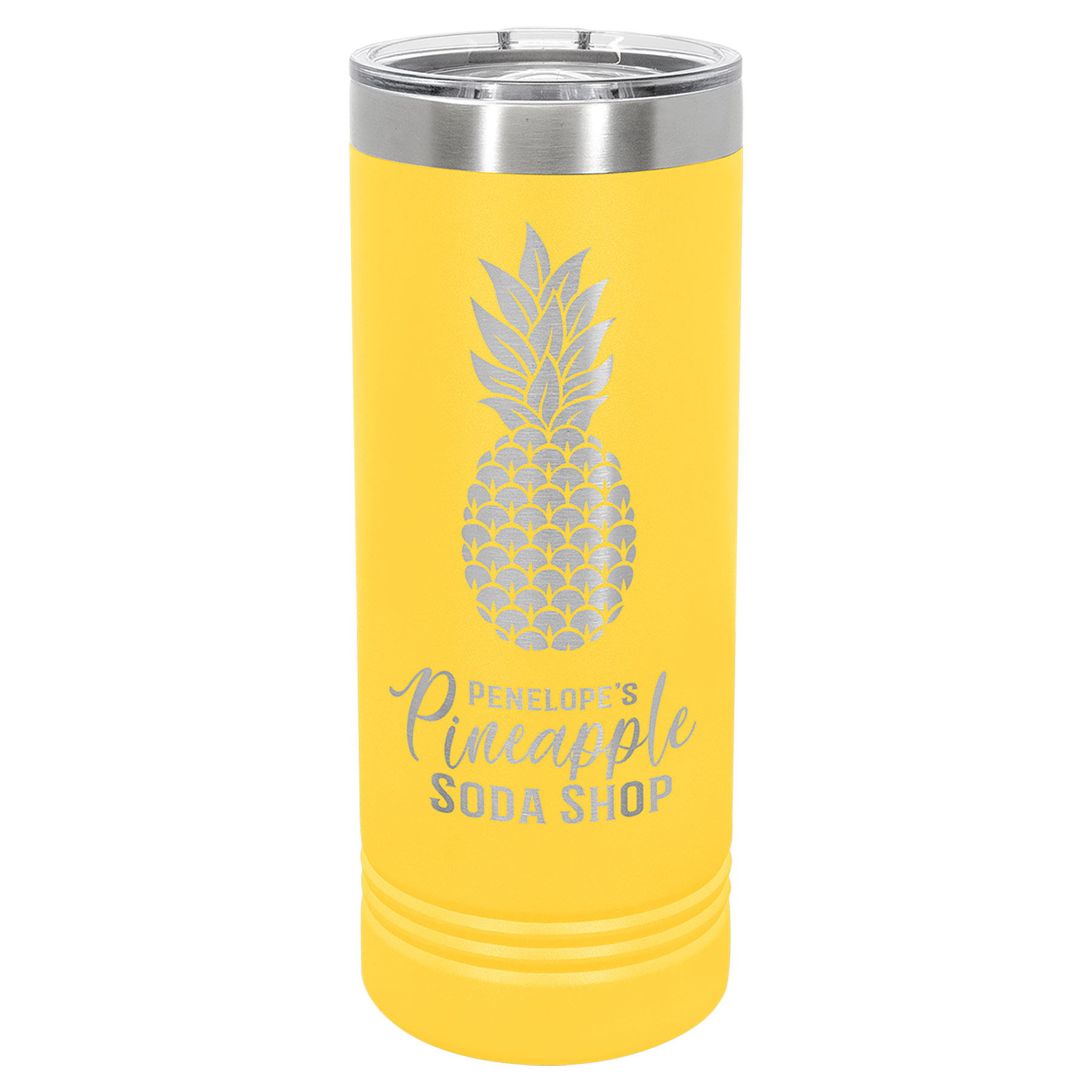
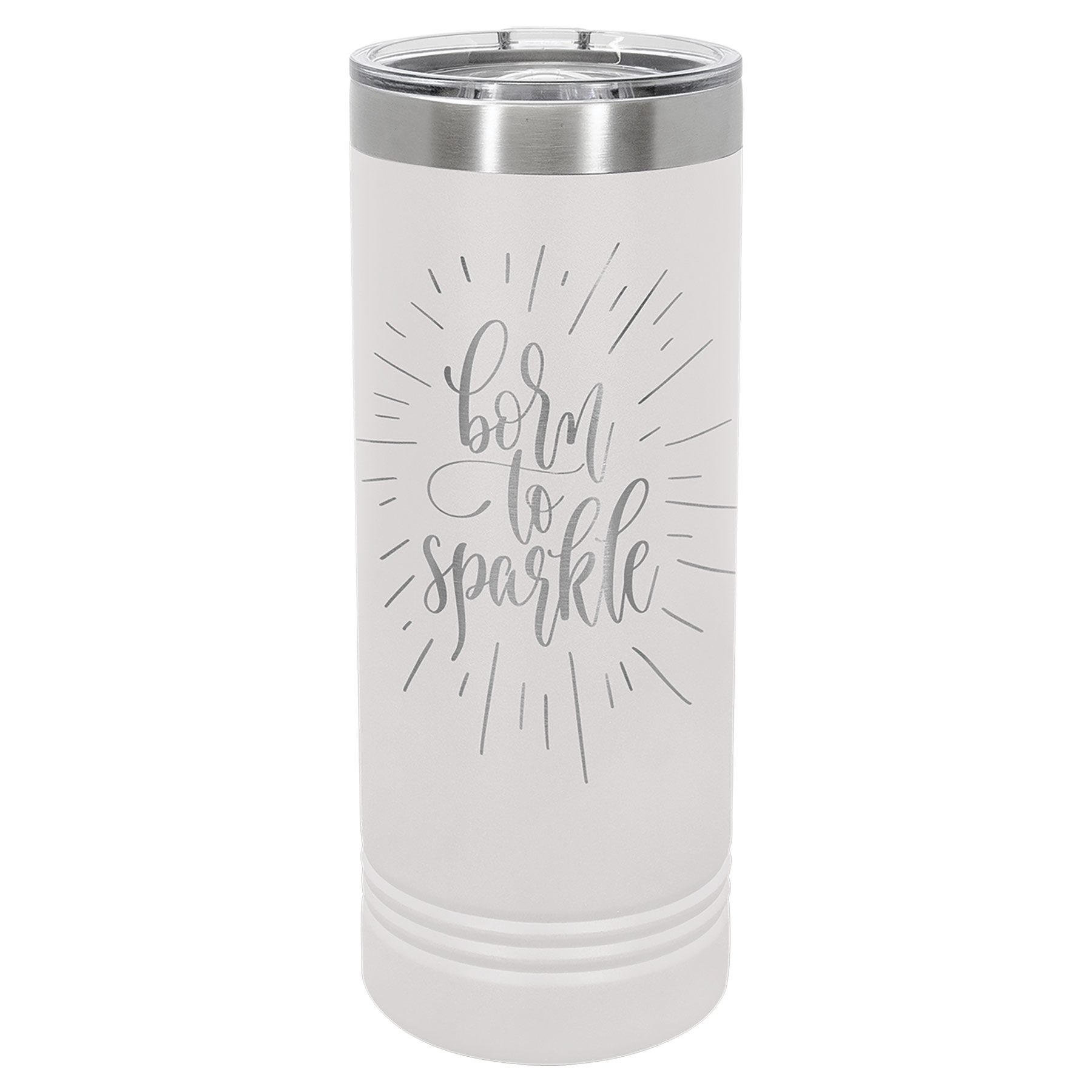
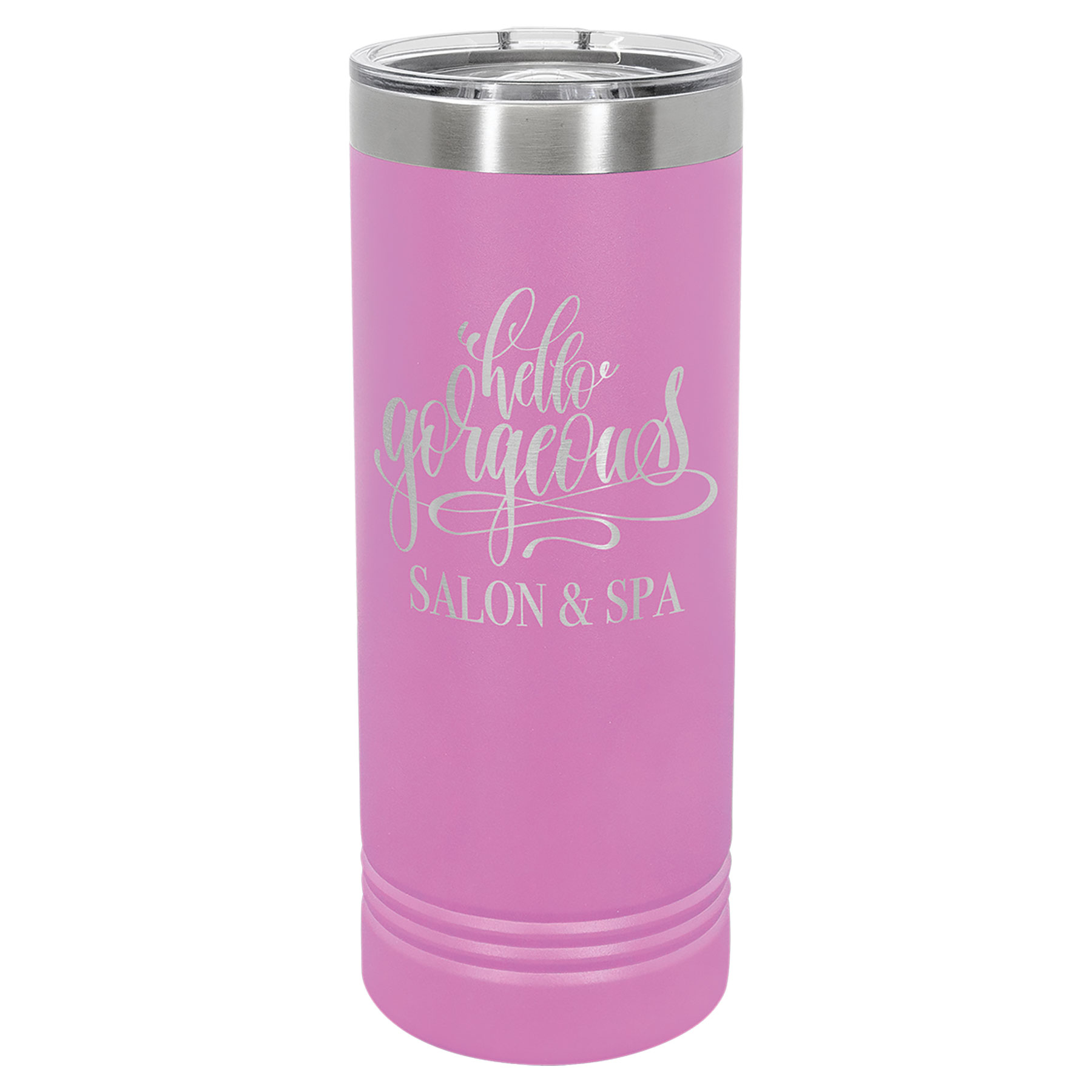
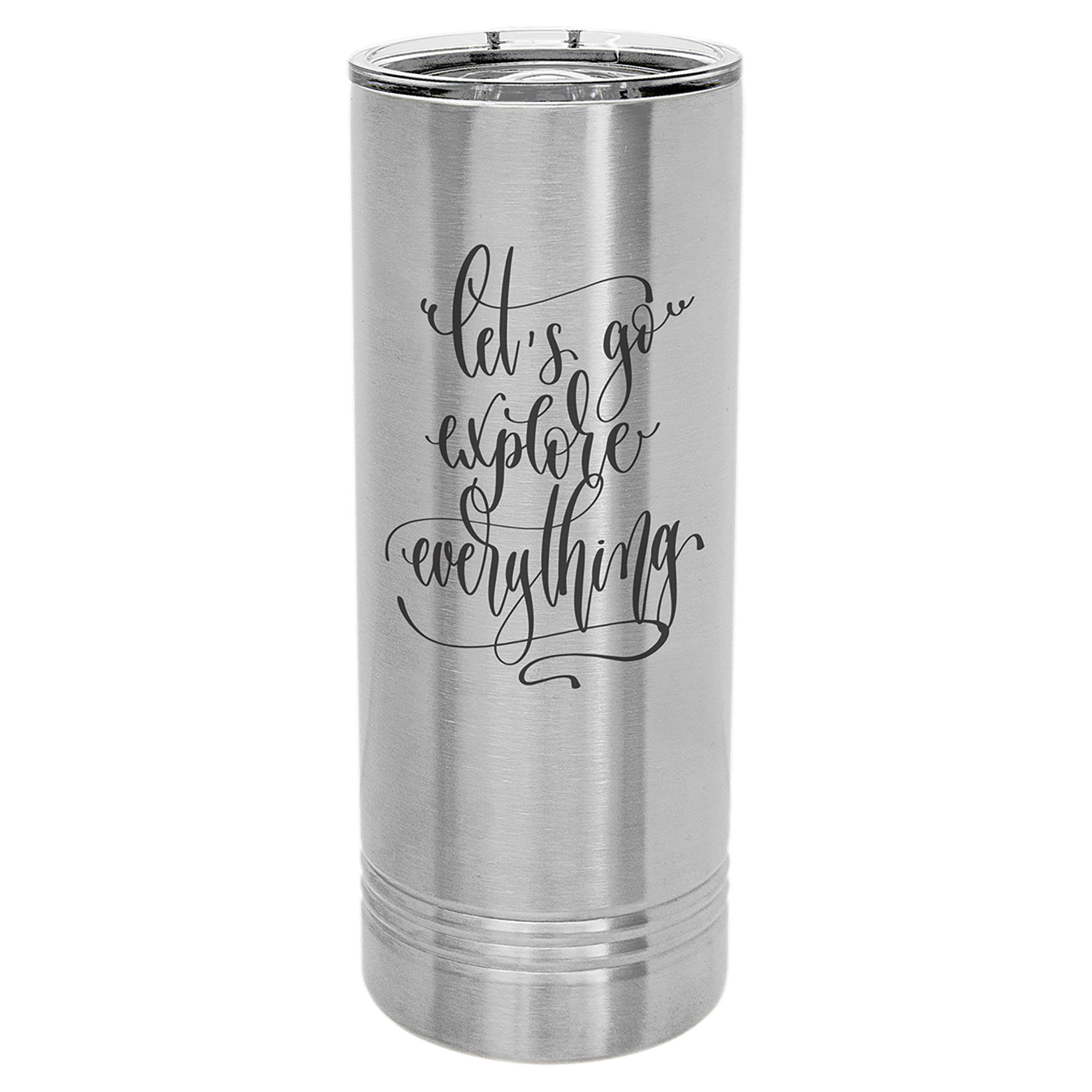
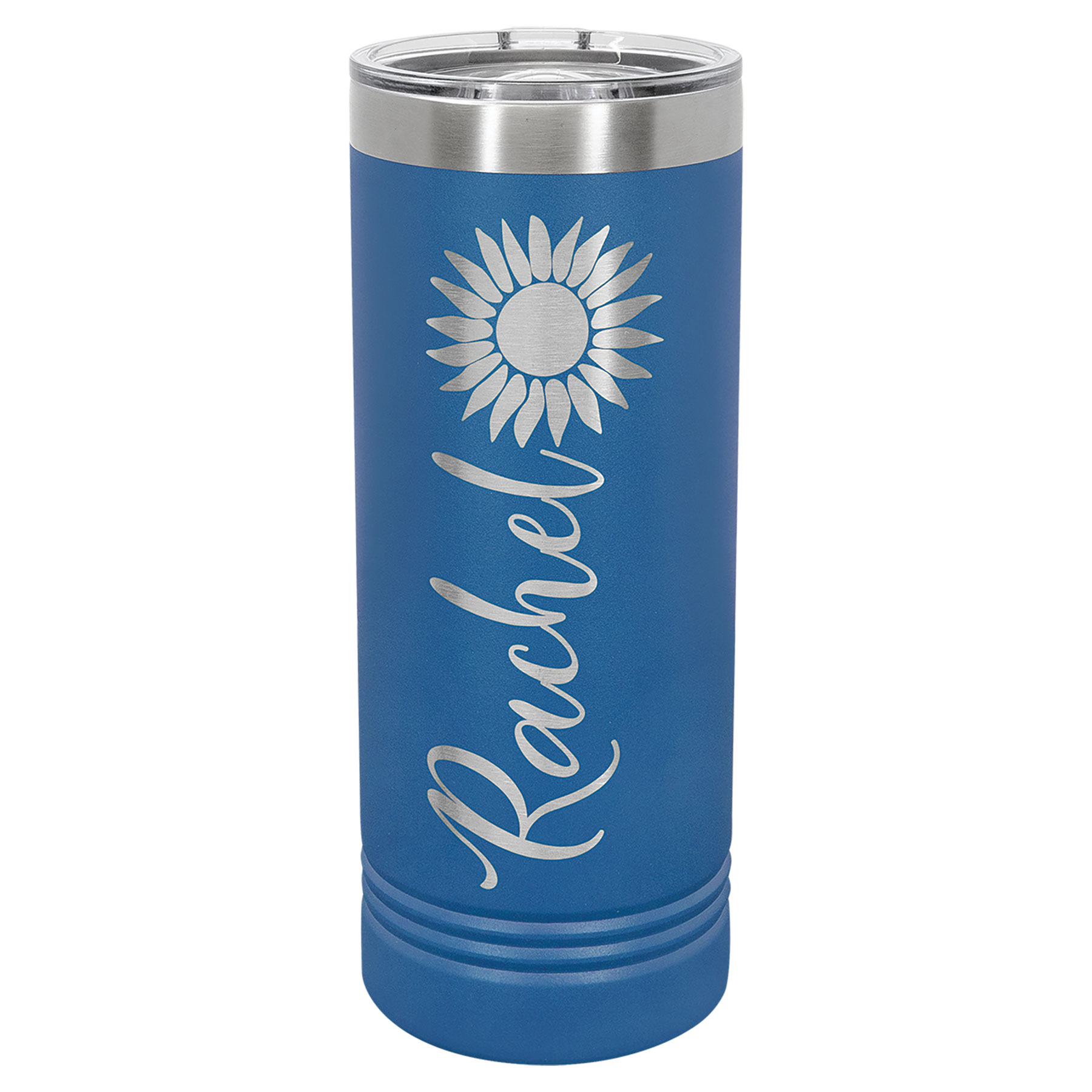


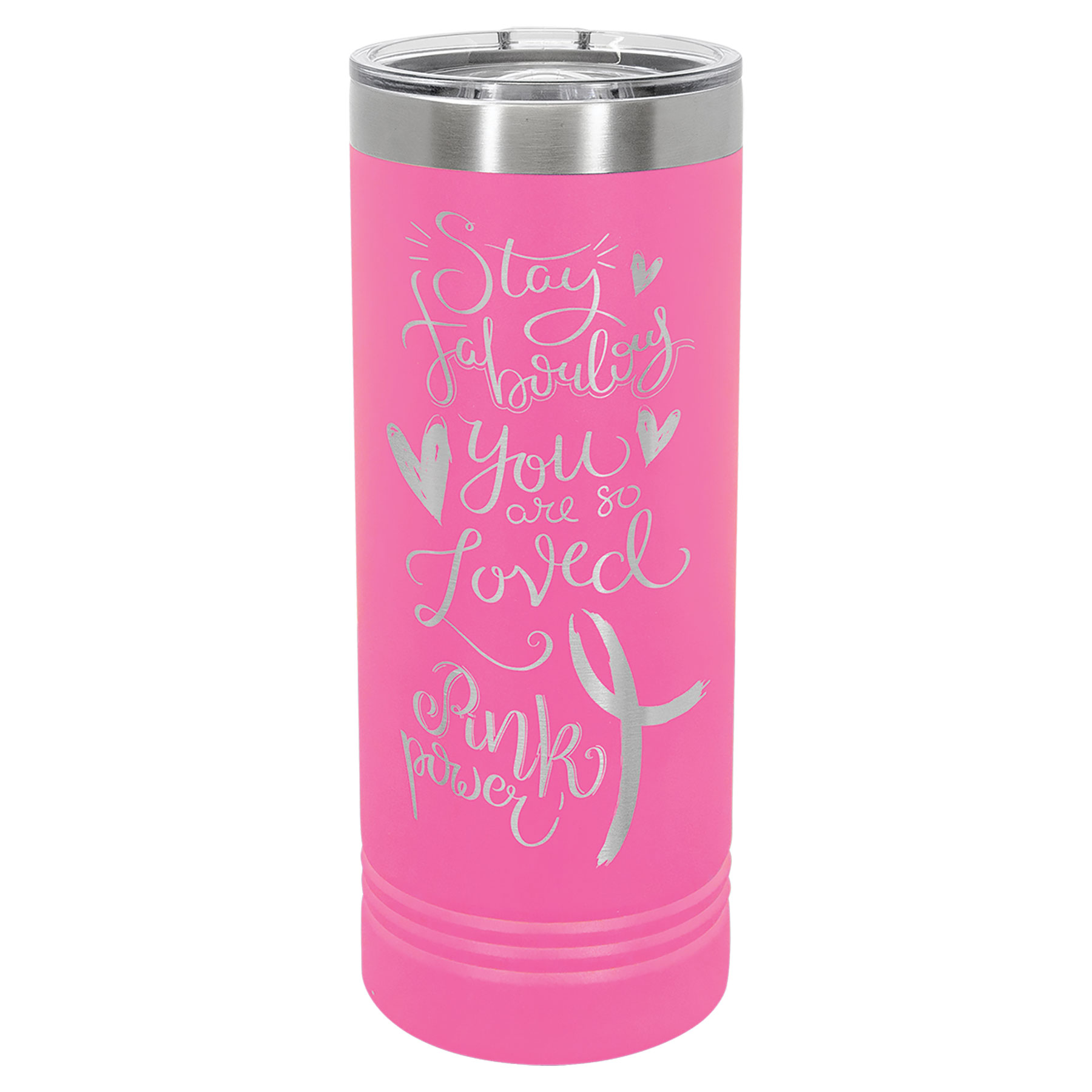

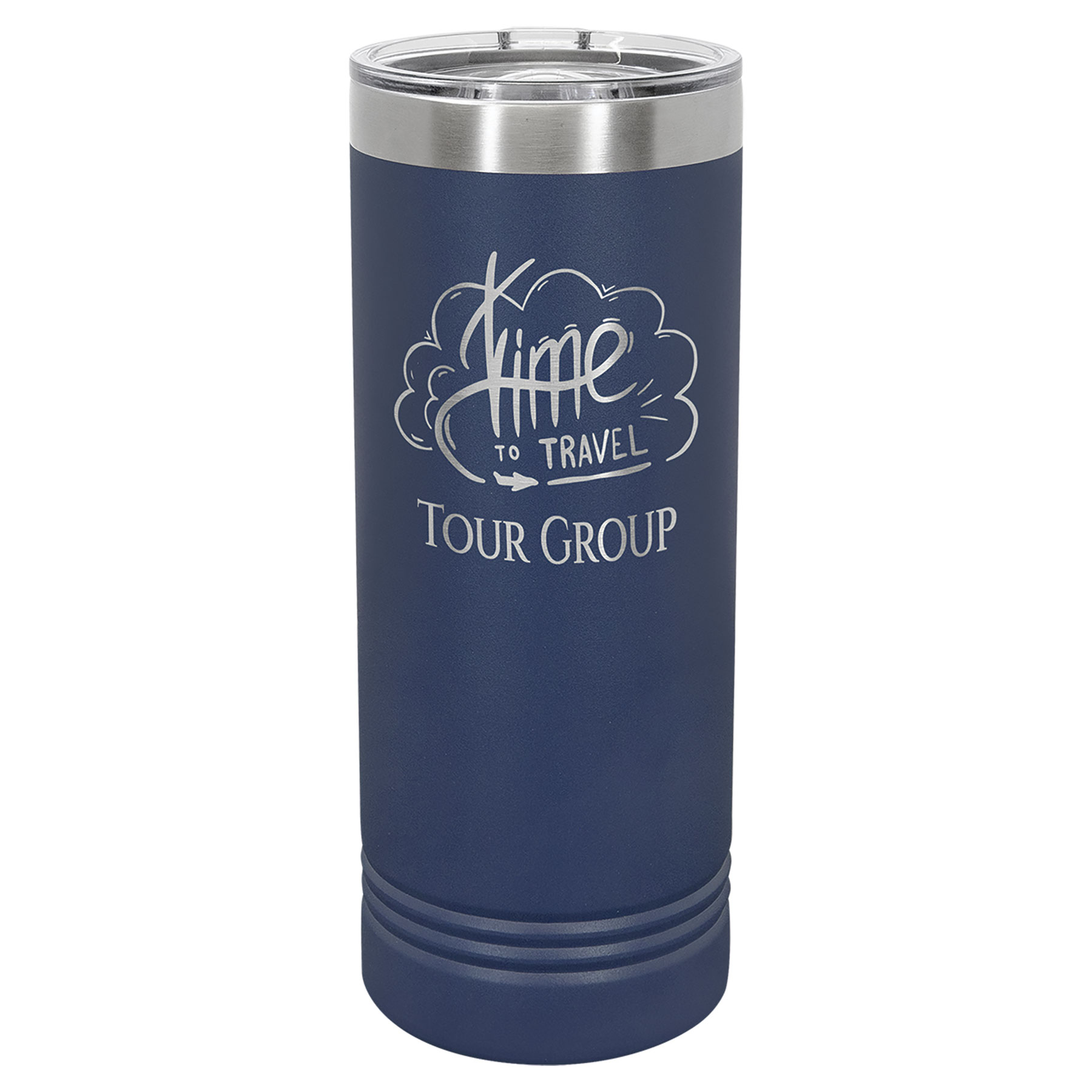

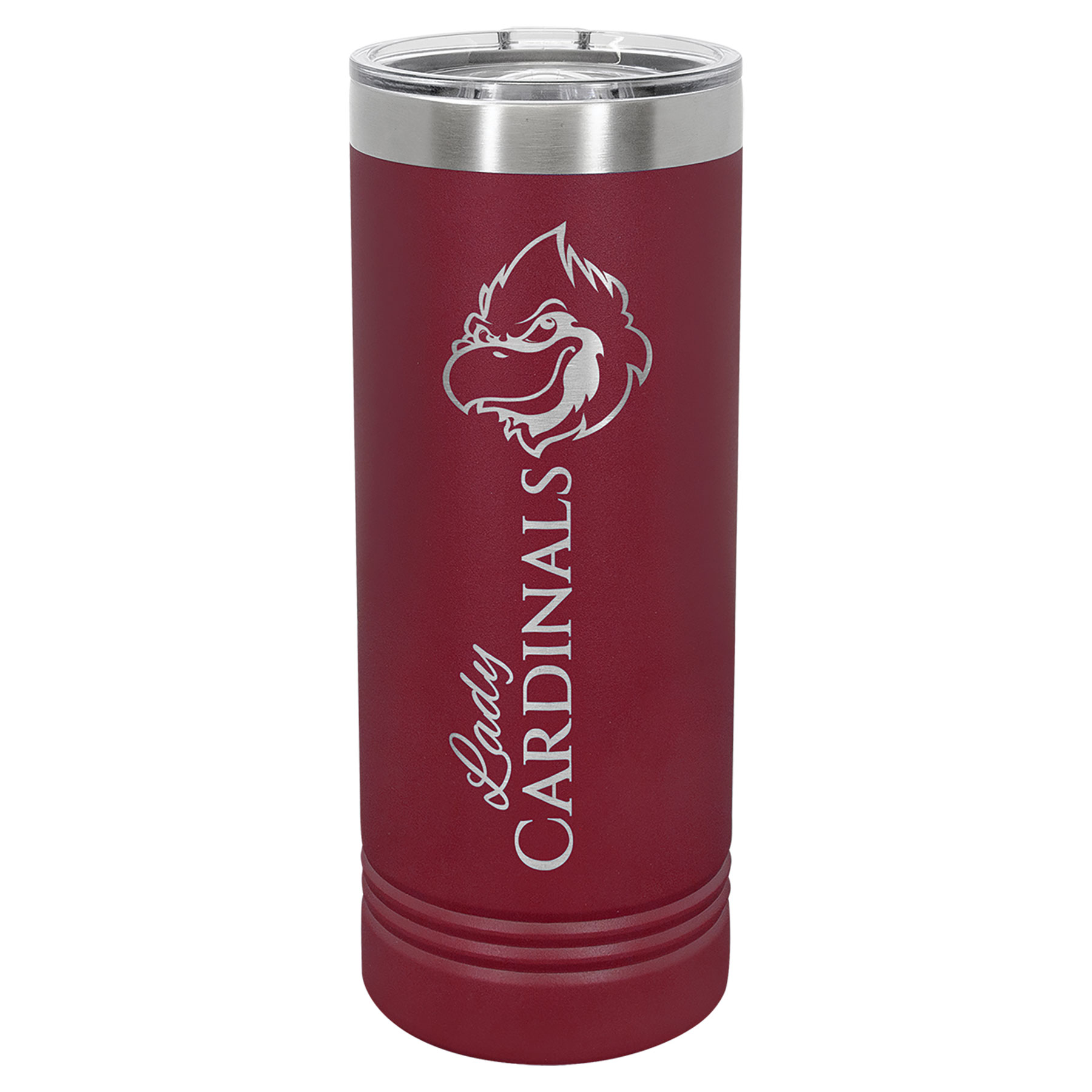

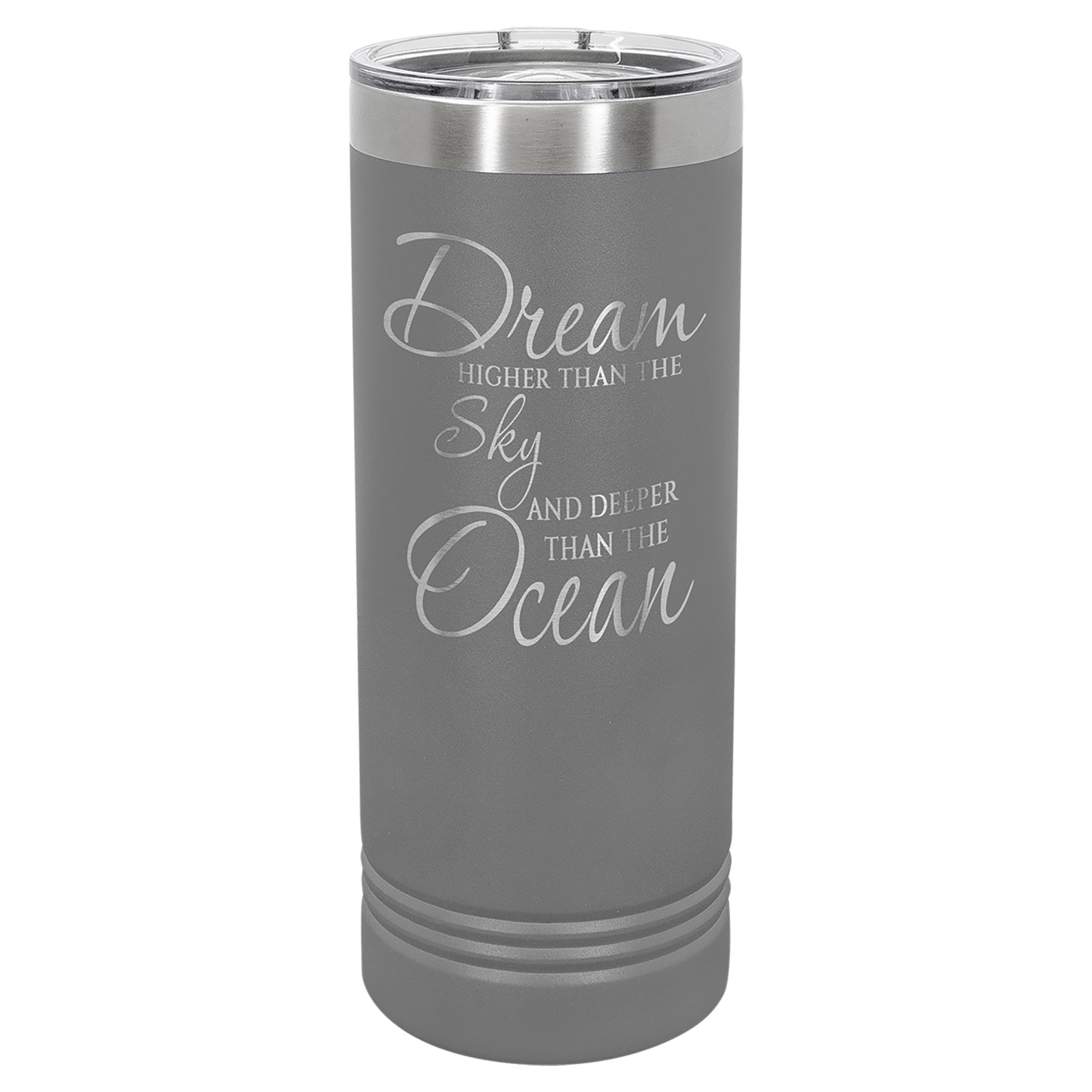

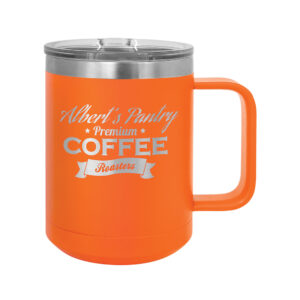
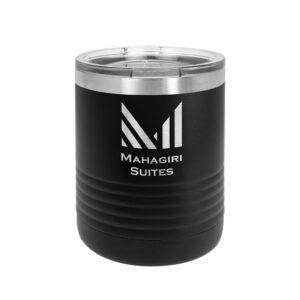
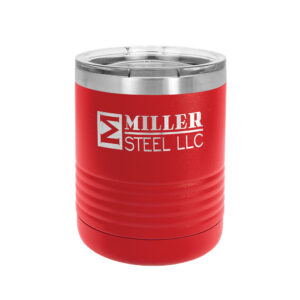
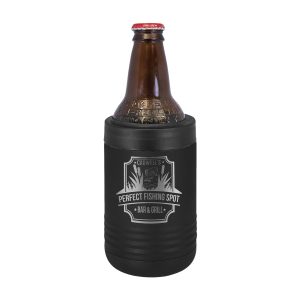
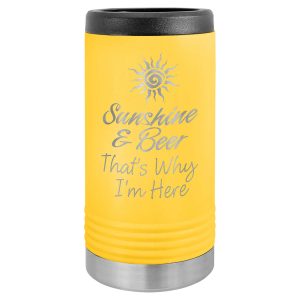
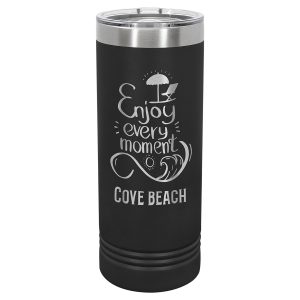
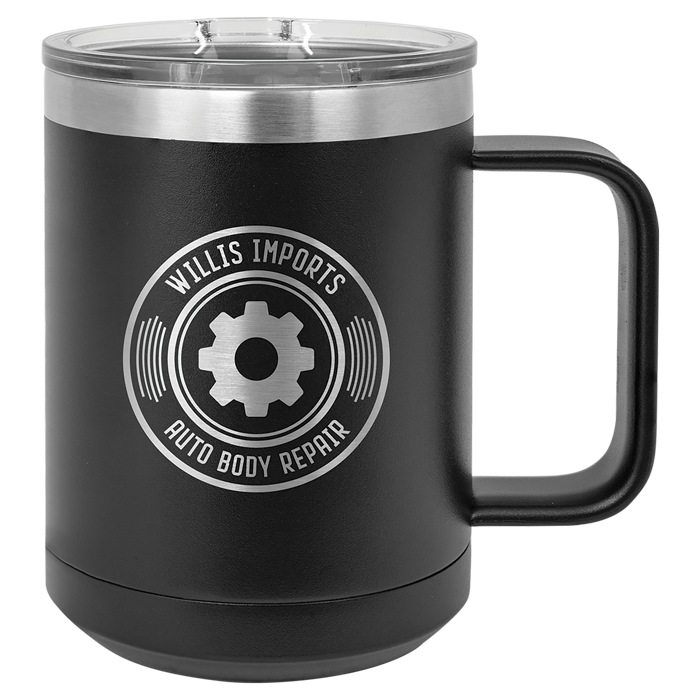
Reviews
There are no reviews yet.